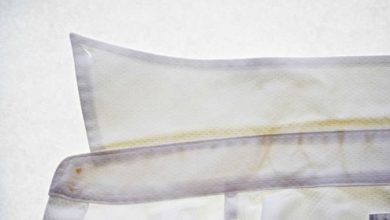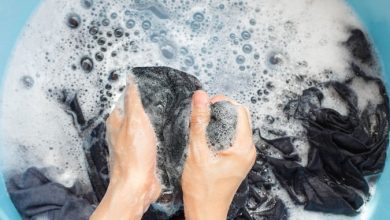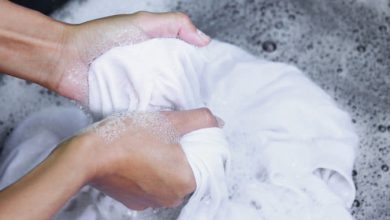
5 Ways to Clean Exposed Brick in the Living Room
To furnish our living room, we have opted for a series of natural materials, such as terracotta for the floors and exposed bricks for a wall or fireplace. However, it is important to know that to clean them, there are many methods to be adopted to obtain them. Free from stains and cracks. In that regard, here is a list of 5 ways to maximize the result.
Use a metal brush.
If the exposed bricks are perhaps dirty with grease or paint, to clean them thoroughly, we can use a metal brush but not too rough. First, to maximize the result, we rub the surface, then with very fine-grained abrasive cloth, we also eliminate the scratches generated by this operation. Finally, we apply some wax, which we then polish with a woolen cloth.
Use a sponge with straw-colored oil.
If the surface of the exposed bricks in the living room is only opaque and requires cleaning to make it presentable again, we can use a sponge soaked in a straw-colored oil of your choice between red and yellow. After application, the oil is left to dry, and then a clean cloth is enough to get the bricks as shiny and clean as they were original.
Apply some liquid wax.
Even liquid wax applied with a brush over the entire surface is a valid alternative to the previous methods illustrated for cleaning exposed bricks. The ideal is the specific one for terracotta bricks, which must still be left on for a good half hour before rubbing the bricks with a cotton cloth and then with a wool one.
Use a powerful compressor.
If the exposed bricks are dirty and are basically porous, to clean them thoroughly even in the presence of indelible ink, perhaps applied for play by our children, we can remedy the problem by using a powerful compressor; in fact, the violent jet of air can easily remove stains, and after the operation, can use liquid or solid waxes to restore its original shine.
Sand with the abrasive cloth.
If the stains on the exposed bricks are located at different points and not particularly hostile, to avoid cleaning the entire surface with abrasive materials, we can sand it with a fine-grained abrasive cloth, lightly soaked in water or alcohol. In both cases, to eliminate the white halo, it is applied as a finish of straw-yellow oil, wax, or even some flatting spray, if the surface was originally treated with this product.



